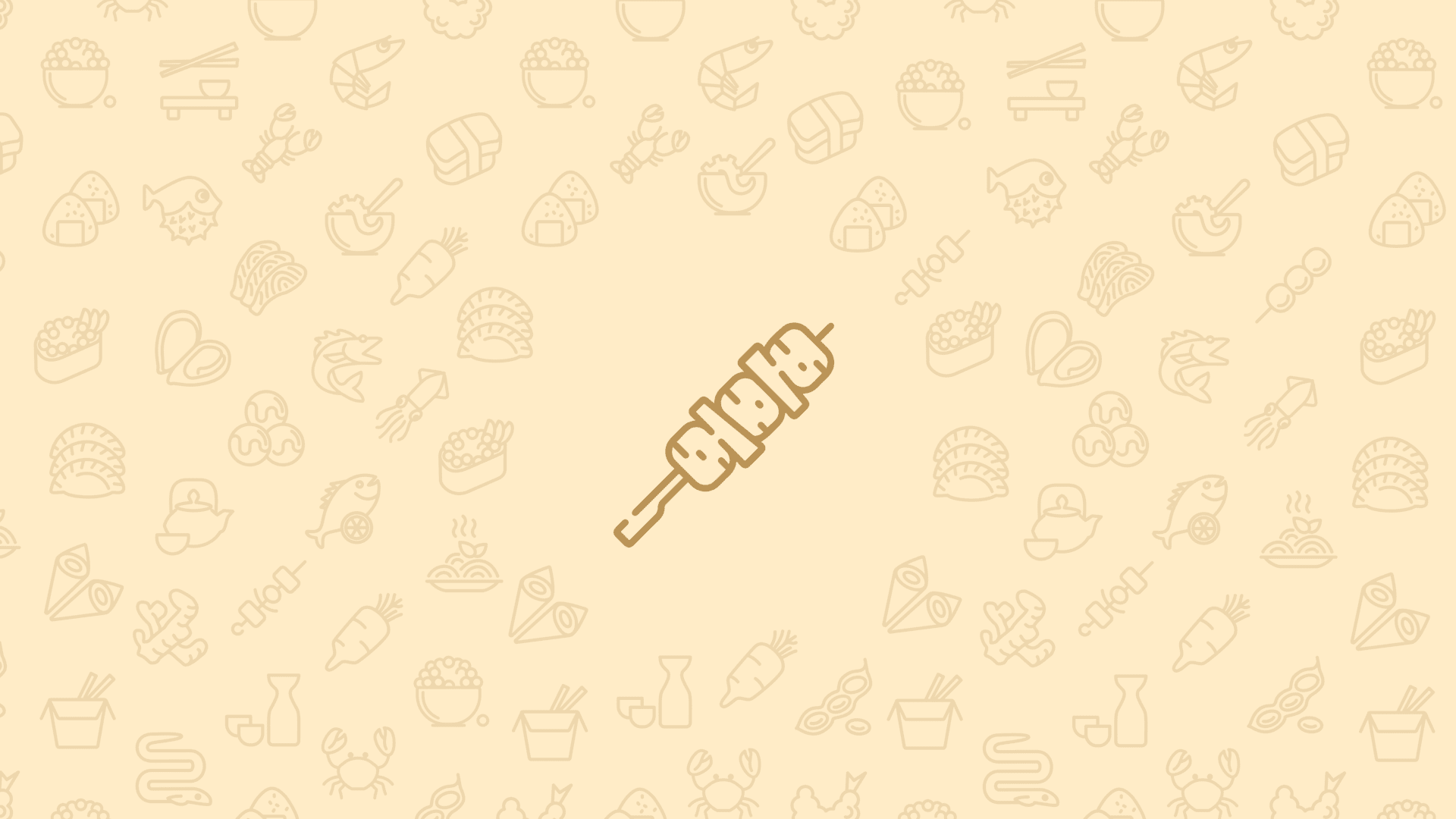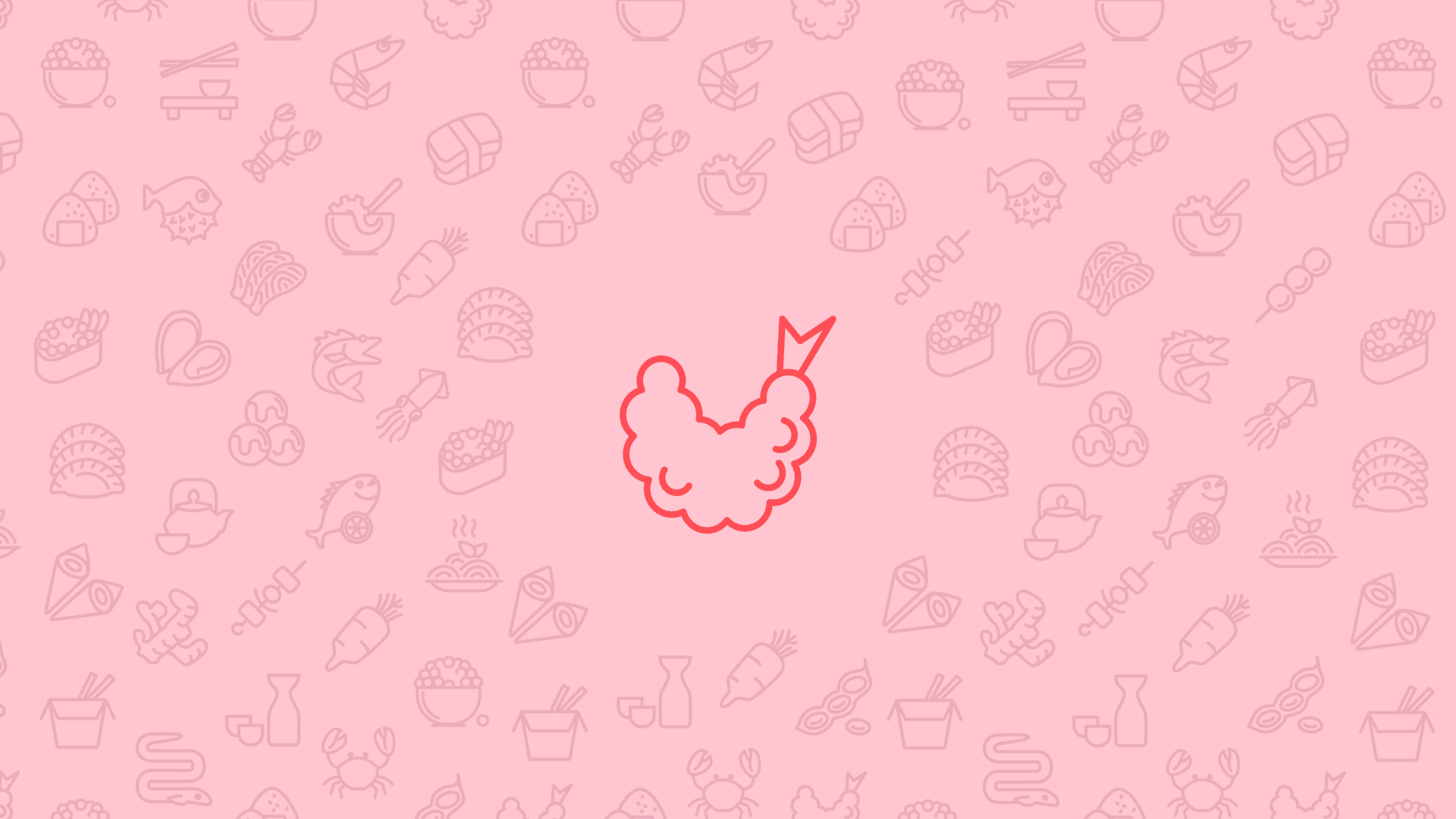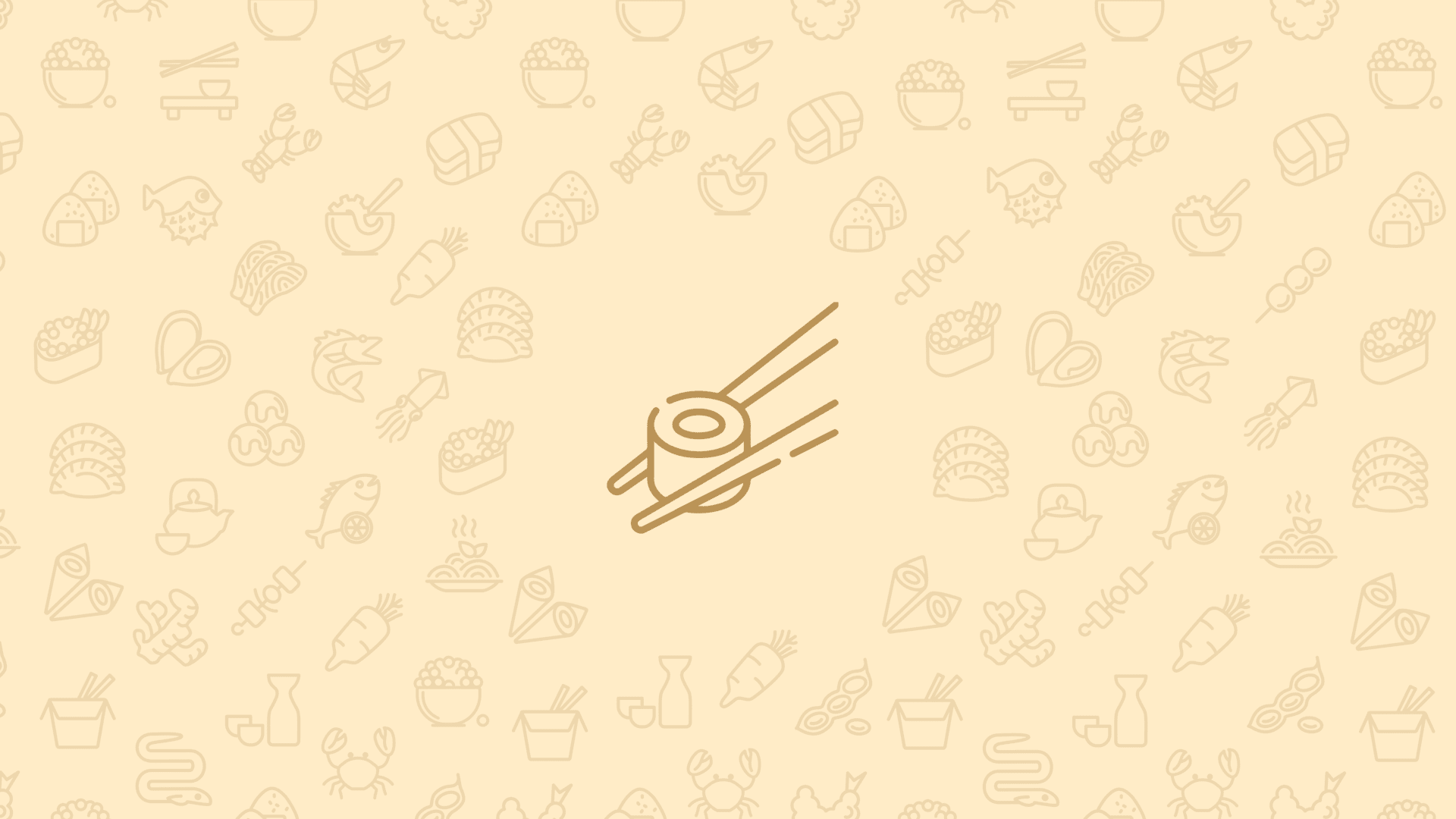Donburi is a quintessential part of Japanese cuisine. Hearty and delicious, it’s a classic comfort food that’s both convenient and deeply satisfying. Although the concept is simple, there are actually a wide variety of unique styles you can enjoy. So, exactly what is donburi? What different types of donburi are there? How does it differ from other dishes such as bibimbap? Find out answers to all these questions and more in our comprehensive guide to donburi!
What is donburi?
In essence, donburi is simply a rice bowl dish. It consists of an array of different ingredients served over a bed of hot white rice, often finished off with garnishes and sauce. What is a donburi meal? A complete, filling and delicious dish that’s all in one bowl. This distinguishes it from many other Japanese meals, where the rice is served separately.
The toppings in a donburi bowl can include anything from meat and seafood to eggs and vegetables. The variety of sauces used is equally diverse. From inexpensive fast food styles to more extravagant high-end versions, you might be pleasantly surprised by the range of options available at a donburi restaurant! It’s also a popular meal to enjoy at home.
So that’s what the dish is, but what is the meaning of donburi? Commonly written as 丼 (どんぶり), it literally means ‘bowl’. However, nowadays it’s also translated as ‘rice bowl’ to refer to the meal itself. You might additionally see these dishes referred to as donmono or donburimono.
The history of donburi
We can trace donburi back to a dish called houhan from the Muromachi period (1333-1573). Commonly prepared in temples, this consisted of a bowl of rice topped with stewed vegetables and dashi broth.
However, it wasn’t until the Edo period (1603-1868) that the modern style of donburi bowl took off. This was a form of unagi donburi, made of sliced grilled eel served over rice, and sold to theatergoers in Tokyo to eat during performances.
The dish soon spread from the theater to streets stalls and donburi restaurants, and the varieties on offer also quickly expanded. This led to the wealth of donburi bowl options we know and love today!
What is the difference between don and donburi?
If you’ve been to a donburi restaurant, you might have noticed that the dishes are not all called ‘donburi’. Instead, the different varieties are usually identified by the suffix ‘-don’. Don (どん) is another possible pronunciation of the kanji 丼, and the meaning is exactly the same. So, for example, the unagi donburi that we mentioned above is referred to as ‘unadon’ – a portmanteau of the words ‘unagi’ (meaning ‘eel’) and ‘donburi’.
At this point, you might be wondering, is donburi the same as bibimbap? The short answer is no. Although these are both rice bowl dishes, they have certain key differences. Firstly, while donburi is Japanese, bibimbap originated in Korea. In addition, bibimbap is commonly served with gochujang. This classic Korean sauce is a fermented red chili paste that gives the dish its iconic sweet and spicy flavor profile. Lastly, unlike donburi, bibimbap often features a layer of baked rice at the bottom of the bowl. This comes from being cooked in a traditional hot stone pot.
Types of donburi
The versatile nature of donburi means that you can make the dish with all kinds of ingredients. As such, there’s an impressively wide range of different varieties out there for you to try. Here are some of the most popular:
- Unadon
- Gyūdon
- Oyakodon
- Konohadon
- Katsudon
- Sosukatsudon
- Butadon
- Kaisendon
- Tekkadon
- Sakedon
- Magurodon
- Ikuradon
- Negitorodon
- Tendon
- Tentamadon
- Chūkadon
- Tenshindon
- Aburafudon
- Tofudon
- Shirasudon
- Tamagodon
- Karedon
1. Unadon
The original version of the dish, unagi donburi consists of fillets of eel served over steamed white rice. The eel is coated in a thick, sweet soy-based sauce similar to teriyaki, and grilled over a charcoal fire. Try a unadon during the Seto Inland Sea Leisure Cruise and Food Tour in Hiroshima!
2. Gyūdon
Gyūdon, or beef donburi, is one of the most popular varieties. It features thin slices of beef and onion stewed in a sweet broth of dashi, soy sauce and mirin. Common additional toppings include egg, kimchi and shirataki noodles.
3. Oyakodon
Literally translated as ‘parent and child bowl’, this is an egg and chicken donburi that’s also very popular. The ingredients are simmered in a mix of dashi and soy sauce, then poured over the rice and garnished with sliced green onions. You can try Michlin-star awarded oyakodon at Yakitori Omino- make a reservation today through byfood.com!
4. Konohadon
This version of donburi hails from Japan’s Kansai region. It’s similar to oyakodon, but replaces the chicken with thin slices of soft and chewy kamaboko fish cakes. The egg is added to the dish raw, and then cooked by the heat of the rice.
5. Katsudon
Katsudon is a hearty donburi bowl topped with a crispy, deep-fried breaded pork cutlet. The tonkatsu cutlet is simmered in a dashi and soy sauce broth along with onions and a scrambled egg. Try Nagoya's take on katsudon on the Regional Nagoya Food Tour!
6. Sōsukatsudon
Sōsukatsudon is a specialty of Fukui prefecture, and like katsudon is topped with a crispy tonkatsu cutlet. However, instead of egg, the meat is prepared with a sweet-salty Worcestershire sauce and garnished with sliced cabbage.
7. Butadon
Butadon, or pork donburi, is similar to gyūdon but made with pork instead of beef. The dish originates from Hokkaido, and is served with a caramelized sauce that has a strong garlic and soy sauce flavor.
8. Kaisendon
Kaisendon is a seafood donburi bowl that varies with the season. It’s topped with the freshest local seafood, including thin slices of sashimi, sea urchin, crab and scallops.
9. Tekkadon
Another ocean-inspired donburi, tekkadon features thin slices of raw red tuna served over vinegared sumeshi rice. It’s often garnished with nori seaweed, but there are also versions made with a spicy orange sauce.
10. Sakedon
This style of donburi is very similar to tekkadon, but made with refreshing salmon sashimi. It’s often served with a wasabi-infused soy sauce.
11. Magurodon
Like tekkadon, magurodon is a donburi bowl featuring tuna. The main difference is that magurodon uses a wider variety of tuna meat, and is served over plain white rice.
12. Ikuradon
Ikuradon is a rice bowl topped with bright orange salmon roe. These tiny spheres burst in your mouth for a salty pop of freshness.
13. Negitorodon
This mild and refreshing style of donburi is made with pieces of raw fatty tuna. This is diced and mixed with green onions, before being seasoned with soy sauce and added to the rice.
14. Tendon
Short for ‘tempura donburi’, tendon is rice topped with deep-fried pieces of battered vegetables and seafood. The tempura is light and crispy, and dipped into soy sauce for extra flavor. Sample a delectable tendon lunch at Tempura Shimomura.
15. Tentamadon
In this variation of tendon, the tempura is simmered in beaten egg and sauce before being added to the rice. This gives the dish an even richer taste.
16. Chūkadon
Translated as ‘Chinese rice bowl’, chūkadon is a popular fast food dish. It’s topped with a generous helping of stir-fried meat, seafood and vegetables in a thick Chinese-style sauce.
17. Tenshindon
Named after the city of Tianjin, this is another Chinese-inspired donburi bowl. It features a crab meat omelet served on top of white rice, then liberally coated in a thick sauce that varies by region.
18. Aburafudon
Popular in Miyagi and Iwate prefectures, aburafudon is made with deep-fried wheat gluten (aburafu). This is cooked with eggs and then served over the bed of rice for a delicious meat-free donburi.
19. Tofudon
Another vegetarian-friendly donburi bowl, tofudon’s key ingredient is cubes of tofu simmered in a flavorful stock.
20. Shirasudon
Shirasudon hails from Kanagawa prefecture, and is made with shirasu (baby sardines), sand lances and herring. These are served raw, for a light and fresh taste.
21. Tamagodon
A meat-free version of oyakodon, tamagodon is topped with fluffy steamed eggs. These are enriched with onions, mirin and soy sauce before being added to the rice, then garnished with green onions and nori seaweed.
22. Karedon
Karedon is a rich and flavorsome rice bowl topped with a generous portion of thick Japanese curry. This could feature a range of meat and vegetable ingredients, for a warm and comforting dish.
How to enjoy donburi
Donburi is served at a wide variety of restaurants, with many putting their own unique spin on the dish. As a casual meal, it’s generally an inexpensive option, although this will vary depending on the toppings you choose. Donburi is usually eaten with chopsticks, but you can also use a spoon if you prefer. Simply tuck in and enjoy the delicious, comforting taste of your rice bowl!
So, what is donburi? An iconic Japanese meal that you’re sure to love! No matter which variety you go for, the combination of flavorful toppings over warm white rice is a match made in heaven.
 Tokyo
Tokyo Osaka
Osaka Kyoto
Kyoto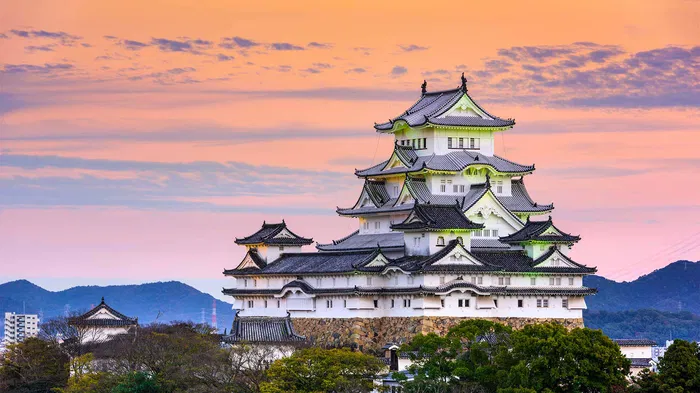 Hyogo
Hyogo Hokkaido
Hokkaido Nara
Nara Fukuoka
Fukuoka Hiroshima
Hiroshima Kanagawa
Kanagawa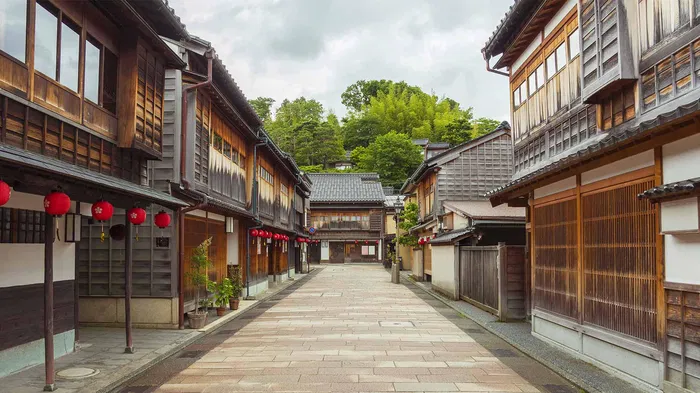 Ishikawa
Ishikawa Florence
Florence Paris
Paris Rome
Rome Porto
Porto Barcelona
Barcelona New York
New York Venice
Venice Madrid
Madrid Marrakesh
Marrakesh Istanbul
Istanbul